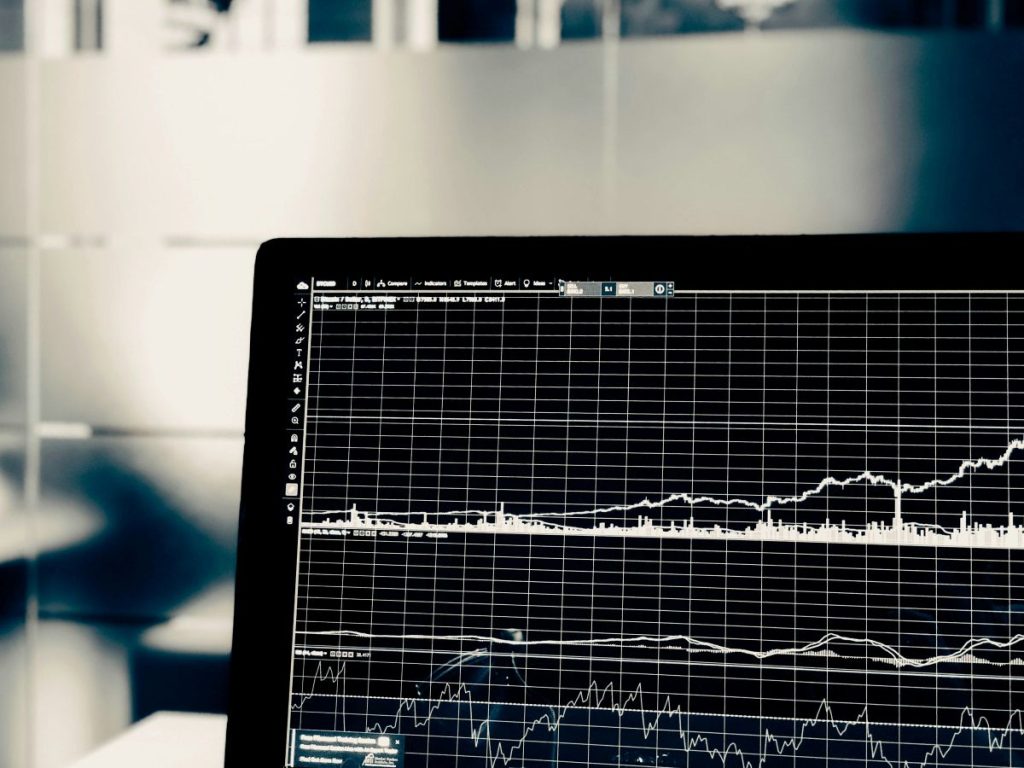Traditional forecasting models still have a place — but they’re no longer enough. The most resilient supply chains are shifting toward real-time sensing, using live data, AI, and faster decision loops to adapt ahead of disruption. The era of fixed forecasts is ending.
Why Static Forecasts Are Losing Ground
Forecasting has long underpinned inventory planning, production scheduling, and logistics coordination. But over the past few years, its shortcomings have become increasingly difficult to ignore. The pace and unpredictability of disruption — from geopolitical shifts to weather extremes and erratic demand patterns — have rendered historical data less reliable. In many industries, yesterday’s assumptions no longer hold.
While predictive models, including those powered by AI, have grown more sophisticated, they are still fundamentally backward-looking. They depend on past behaviors to project future ones. When market signals change rapidly, this approach introduces lag, exposing supply chains to overproduction, stockouts, and missed opportunities. As a result, more leaders are rethinking how they anticipate demand and navigate uncertainty.
Real-Time Sensing: A New Operating Model for Supply Chains
In place of static forecasting, a new approach is emerging — one built on real-time data, continuous feedback loops, and adaptive planning. Supply chain teams are beginning to act less like forecasters and more like observers and responders, tuned into live demand signals and operational shifts as they happen.
This evolution is being enabled by technologies that draw from multiple data sources: everything from point-of-sale activity to telematics and supplier updates. These inputs feed into advanced analytics engines capable of detecting anomalies, recalibrating short-term plans, and guiding rapid decision-making.
But the real change is organizational. Businesses embracing this model are moving away from rigid planning cycles and siloed decision-making. Instead, they are building supply chain functions that are collaborative, fluid, and empowered to act on real-time insights. Forecasts are still created, but they are treated as directional rather than definitive — a baseline to inform decisions, not dictate them.
Real-Time Thinking Demands Real Structural Change
The move from forecasting to sensing is not simply a question of data quality or software upgrades. It’s a strategic shift in how supply chains are run. Resilience now depends less on predictive accuracy and more on adaptability. That means changing how teams operate, how frequently plans are updated, and how easily information flows across the business.
This shift also requires confronting a longstanding issue: the gap between data and decision. It’s not uncommon for organizations to invest in analytics tools, only to underuse them due to cultural inertia or overly centralized planning structures. Real-time sensing only delivers value if it’s paired with faster, empowered execution.
Forecasting still has a role — particularly in long-range planning and budgeting — but it is no longer the strategic centerpiece. In today’s operating environment, the companies that lead won’t necessarily be those with the best forecast. They’ll be the ones most capable of acting on the present.



